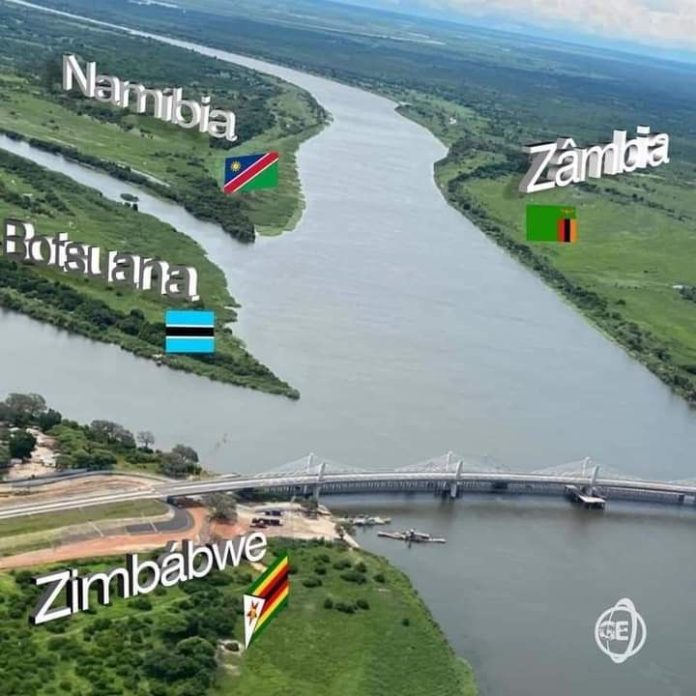The African Union launched the 2025 Africa Integration Report on October 3, 2025, in Johannesburg, South Africa, during the 8th Session of the Specialized Technical Committee on Finance, Monetary Affairs, Economic Planning and Integration. The report, produced by the African Union Commission (AUC) with support from the United Nations Economic Commission for Africa, the African Development Bank, the European Union and GIZ, aims to serve as a compass for policymakers, offering data-driven insights to measure how far African nations and Regional Economic Communities (RECs) have moved toward the integration envisioned under Agenda 2063.
Commissioner Francisca Tatchouop Belobe, who oversees Economic Development, Trade, Tourism, Integration and Minerals at the AUC, delivered an unvarnished message at the launch: Africa’s integration journey remains slow, hampered by a gap between commitments and concrete delivery. “Our implementation still lags behind our ambition,” she said, pointing out that intra-African trade continues to hover below 18 percent, while protocols such as those on the free movement of people remain under-ratified. The challenge, she noted, is not in designing frameworks but in turning them into functioning systems that impact the daily life of African citizens.
Read also: South Africa’s wage-productivity gap mirrors a growing strain in Africa’s resource economies
The 2025 Report measures progress through the African Synthesized Regional Integration Index (ASRII), an evidence-based tool that tracks movement across five dimensions: trade, infrastructure, productive integration, free movement of people, and financial integration. It reveals a continent that has advanced institutionally but still struggles to operationalize its aspirations. In the last two decades, intra-African trade has grown from less than 10 percent to around 16 percent, and yet Africa’s overall share of global trade remains around 3 percent. In comparison, intra-regional trade in the European Union stands above 60 percent, and in Asia, roughly 50 percent. Those contrasts make the African integration debate not theoretical but economic and urgent.
Read also: Ethiopia secures United States backing for $10 Billion Bishoftu International Airport project
The report also lands amid sobering global trends. The African Development Bank has revised the continent’s 2025 growth forecast downward to about 3.6 percent, citing slower demand in export markets and rising debt-service costs. That global pressure reinforces the logic of integration: to build demand within Africa itself, to shorten supply chains, and to rely more on regional value addition. The promise of the African Continental Free Trade Area (AfCFTA), which now counts 49 ratifying countries, is that it could increase intra-African exports by more than a third by 2040, but only if borders, currencies and logistics systems become interoperable.
For that reason, this year’s report places new emphasis on digital and financial integration. It notes that progress is being made in areas such as the Pan-African Payments and Settlement System (PAPSS), now connected to more than a dozen central banks and over a hundred commercial banks. PAPSS allows businesses to settle cross-border transactions in local currencies rather than converting through the dollar, a shift that can reduce transfer costs by up to 20 percent. For a small coffee exporter in Rwanda or a furniture manufacturer in Ghana, such savings mean more cash flow, quicker payment, and a fairer return.
Physical integration is equally critical. Infrastructure remains the backbone of trade, and here the report highlights the Programme for Infrastructure Development in Africa (PIDA), which currently oversees 69 priority projects valued at about 160 billion dollars. These include power interconnectors, highways and digital corridors designed to lower logistics costs and unlock continental supply chains. A prominent example is the Abidjan–Lagos Corridor, a six-lane highway that will connect five West African economies and is expected to host nearly 75 percent of the region’s trade traffic once completed. Such projects are not just about asphalt; they are about reducing emissions from long detours, cutting the spoilage of perishable goods, and facilitating more sustainable transport networks.
However, physical connectivity means little without free movement. At present, fewer than 15 countries have ratified the Protocol on Free Movement of Persons, adopted in 2018. Without predictable rights of residence and establishment, the AfCFTA’s potential remains constrained. In practical terms, that means a Kenyan engineer still faces visa delays before supervising a renewable energy project in Zambia, and a Senegalese fintech still struggles to register a subsidiary in Côte d’Ivoire. The report calls on governments to treat mobility not as a security risk but as an economic enabler, one that supports youth employment, skills transfer and gender inclusion.
From a sustainability standpoint, integration is more than a trade agenda; it is an ecological and social imperative. Fragmented markets encourage duplication, waste and overdependence on long-distance imports. A more connected Africa could enable regional industrial clusters powered by renewable energy, reduce transportation emissions, and make food systems more climate-resilient. When fertilizers, seeds and grain move efficiently across borders, countries can respond faster to droughts and floods, cushioning food insecurity. When clean energy projects link through regional power pools, economies of scale make renewable energy cheaper and more reliable.
The report is candid about the barriers that persist: infrastructure financing gaps exceeding 100 billion dollars annually, limited statistical capacity, uneven political commitment, and governance fragilities that undercut investor confidence. Yet it also highlights encouraging examples, such as the one-stop border posts at Kazungula and Chirundu, which have reduced truck waiting times from days to hours, saving both fuel and emissions. If scaled, such reforms could transform Africa’s land logistics efficiency and contribute directly to its climate goals.
Ultimately, the 2025 Africa Integration Report is less a ceremonial publication than a performance scorecard. It measures whether the continent’s collective frameworks, Agenda 2063, AfCFTA, and PIDA, are converging in practice. For the sustainability community, its findings translate into tangible metrics: how regional electricity grids accelerate the energy transition, how digital platforms cut trade friction, and how harmonized industrial policy can nurture green manufacturing and recycling industries.
Find the report, here
Follow us on linkedIn: Africa Sustainability Matters






